Professor of Physics Thomas Carroll
Carroll Joins Collaboration on New NSF Grant Pushing the Bounds of Quantum Understanding
Professor of Physics Thomas Carroll is joining a group of collaborators from four different institutions to study nanoskyrimons, a newly discovered quasi-particle that is a one billionth of a meter in size
Professor of Physics Thomas Carroll is taking on a new venture and joining a team of collaborators that hopes to push the boundaries of quantum understanding.
He is collaborating on the project with Bryn Mawr College, the University of Pennsylvania, Johns Hopkins University, and Colorado State University that will allow Carroll and collaborators from those institutions to examine nanoskyrmions, recently discovered quasi-particles that are one billionth of a meter in size.
The goal is to find a way to engineer nanoskyrmions with new properties that would behave quantum mechanically. The particles with new properties would be used in a critical part of quantum computing.
“What we’re doing is new, cool research,” Carroll said. “The chance to be involved in something like this is hard to pass up.”
The National Science Foundation awarded Bryn Mawr College a $5 million grant for the project. The grant establishes a center at Bryn Mawr that will allow Carroll and his research colleagues to make and then study quantum nanoskyrmions. The principal investigator on the project is Bryn Mawr Professor of Physics Xuemei May Cheng.
While the research is fundamental in nature, it could lead to practical applications in the future, such as in designing and creating material. Carroll’s expertise is in atomic physics, which is only a part of the research proposed as a part of the grant. Carroll, along with long-time collaborator Bryn Mawr Professor of Physics Mike Noel, will use a nitrogen-vacancy microscope, which can see objects the size of 20 nanometers, along with finding ways to use machine learning to accelerate the process of studying the nanoskyrmions.
“This research will teach me a lot of new physics,” Carroll said.
The grant includes money to start the research, as well as to support students and create a curriculum for this new research field. Carroll plans to include Ursinus students on the research project as early as the summer of 2025.
“I hope to at least have one student each summer go to Johns Hopkins, Colorado State, or elsewhere to work in other labs, while I’ll have one stick around to do machine learning with me at Ursinus,” Carroll said.
For Carroll, the chance to be on the cutting edge of scientific innovation is as important as how this research can be used to teach the next generation of scientists.
“We want to create new curricular materials so people can teach quantum information and provide new labs for undergraduate students that are studying physics,” Carroll said.
